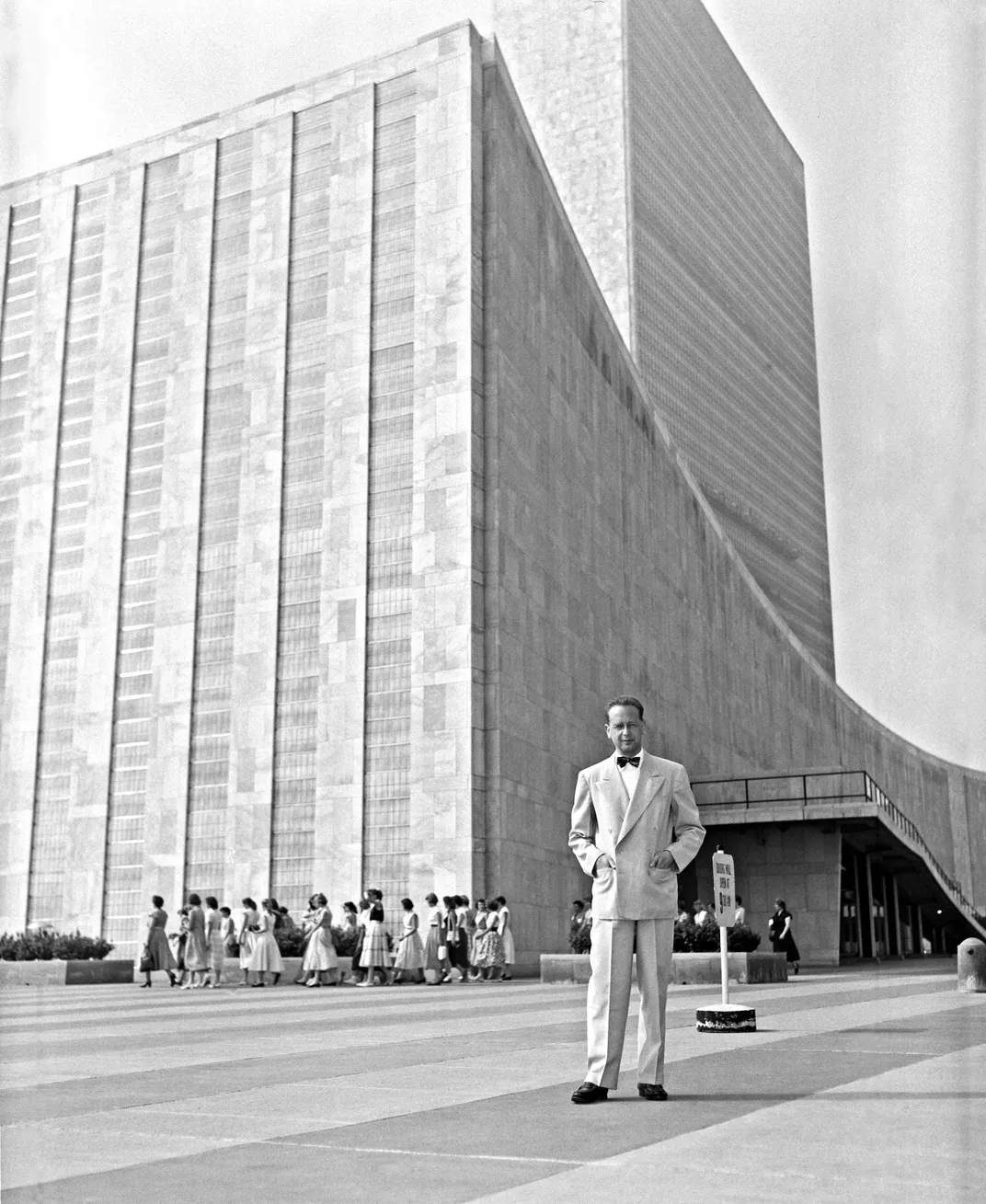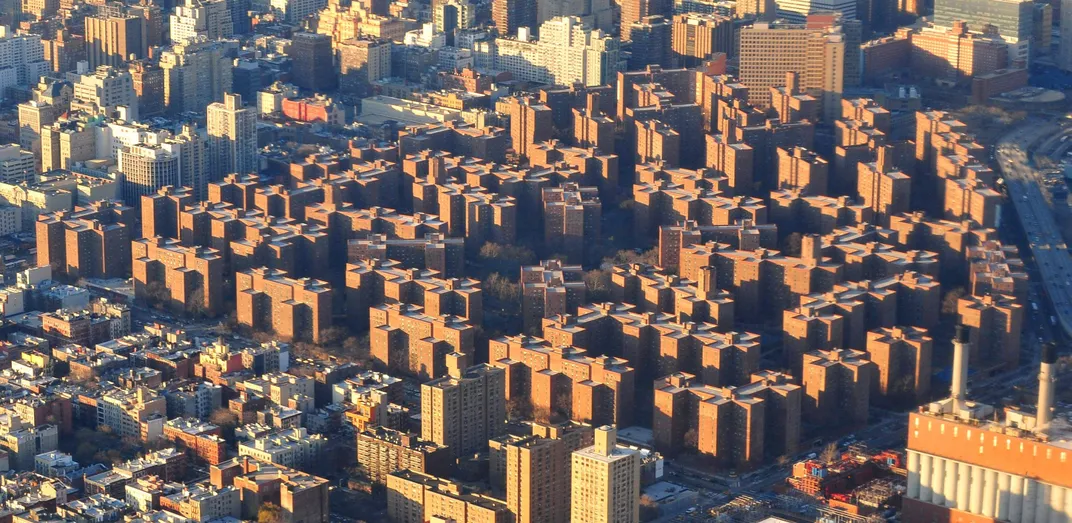How a Controversial European Architect Shaped New York
Le Corbusier’s ideas arguably helped shape the city more than his own designs
/https://tf-cmsv2-smithsonianmag-media.s3.amazonaws.com/filer/4e/ea/4eeac0a0-9c9b-45a4-ab30-c5dab9f7021d/corbusier.jpg)
Swiss-French architect Charles-Édouard Jeanneret, known professionally as Le Corbusier, wasn’t a fan of New York.
“Even before taking his first trip to New York in 1935, Le Corbusier described the city as ‘utterly devoid of harmony,’” writes Dana Schulz for Arch Daily. “After seeing it in person, his feelings didn’t soften.” It probably didn’t help that his first trip produced no business. Regardless, writes the MIT Press, “the experience… had a profound effect on him, both personally and professionally.” When he returned years later, he was ready to leave his own mark on the city.
Le Corbusier has always been considered a controversial architectural figure with links to fascism and anti-Semitism, writes Samuel Jacobson for Arch Daily. But he also left a visible mark on the world, in the form of buildings he designed and the influence of his architectural theories on others. New York only technically has one Le Corbusier design, but his influence can also be found in some of the city’s housing.

Le Corbusier and a young Brazilian architect named Oscar Niemeyer collaborated on the design for the United Nations headquarters. Le Corbusier designed the General Assembly building that is at the heart of the UN. "Corbusier’s hall ...[creates] a heavy, masked quality, which evokes a monolithic and powerful stance within the city and the UN complex," writes Kroll.

But one of Le Corbusier’s biggest and most controversial ideas—and the one that had the most impact on New York City—was the “Radiant City.” In this architectural idea, “blighted” landscapes where low-income communities lived should be destroyed and replaced with towers surrounded by parkland. Cars were to be separated from pedestrians and businesses were to be strictly separated from homes. “Though radical, strict and nearly totalitarian in its order, symmetry and standardization, Le Corbusier’s proposed principles had an extensive influence on modern urban planning and led to the development of new high-density housing typologies,” writes Gili Merin for Arch Daily.
His influence can be found in several of New York’s mid-century housing complexes, writes Schulz. Stuyvesant Town near the East Village and Penn South in Chelsea are both examples, she writes. The combination of towers and parkland gained a reputation for being closed off from the street, which instead of becoming a gated utopia, “led to vandalism and crime,” Schulz writes. At the same time, the strict focus on zoning that shaped the Radiant City was a strong departure from the mixed-use communities that it replaced. It was this kind of design thinking—which inspired New York planners like Robert Moses—that Jane Jacobs vilified in The Death and Life of Great American Cities.
“A city’s very structure consists of a mixture of uses,” Jacobs wrote.”We get close to its structural secrets when we deal with the conditions that generate diversity.”